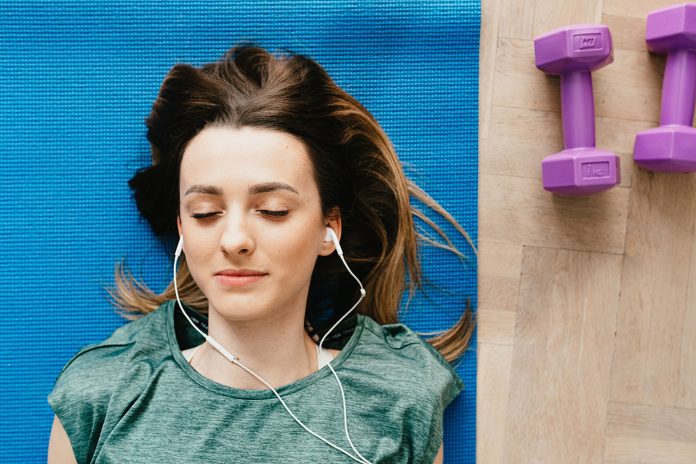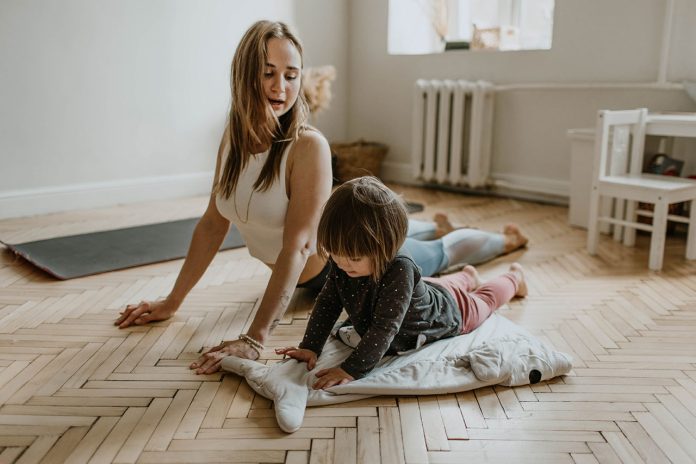As an avid yogi for over 5 years now, I’m always seeking ways to enhance my home practice. Props like blocks and straps are helpful, but earlier this year I discovered the yoga ball – also known as the exercise ball. Incorporating this simple prop into my daily flows and postures has truly taken my practice to exciting new heights (and balancing acts!).
In this post, I’ll share how the yoga ball can benefit your practice, routine exercises to try, and tips for getting started with this unique tool. By the end, you’ll see why it’s earned a permanent spot in my home yoga space.
Table of Contents
You may also want to know: How to Start a Yoga Practice
Enhancing Balance and Stability
One of the key benefits of the yoga ball is the balance and stabilization work it allows. Inflatable balls are dynamic and respond to your adjustments, unlike the solid floor. When flowing through poses seated, reclined, or standing on the ball, your entire neuromuscular system fires to maintain balance.
Small stabilizing muscles that typically get less activation are recruited. This improves overall control, coordination, and body awareness. Poses like tree pose, dancer’s pose, and eagle pose become more challenging and engaging. Using a yoga ball develops balance strength in a big way.
Increasing Core Activation
You’ve likely heard that the stability ball is an excellent tool for targeting and strengthening the core. This carries over big time to yoga. When flowing on the ball, your core must contract continually to keep the body-centered. Even basic poses require added abdominal engagement.
Twists, folds, and backbends on the ball challenge your core exponentially more. Wobbling triggers the core to work overtime to steady the body. A yoga ball routine leaves my entire core fired up, benefiting practitioners at any level. Strengthening a weak core also improves overall posture.
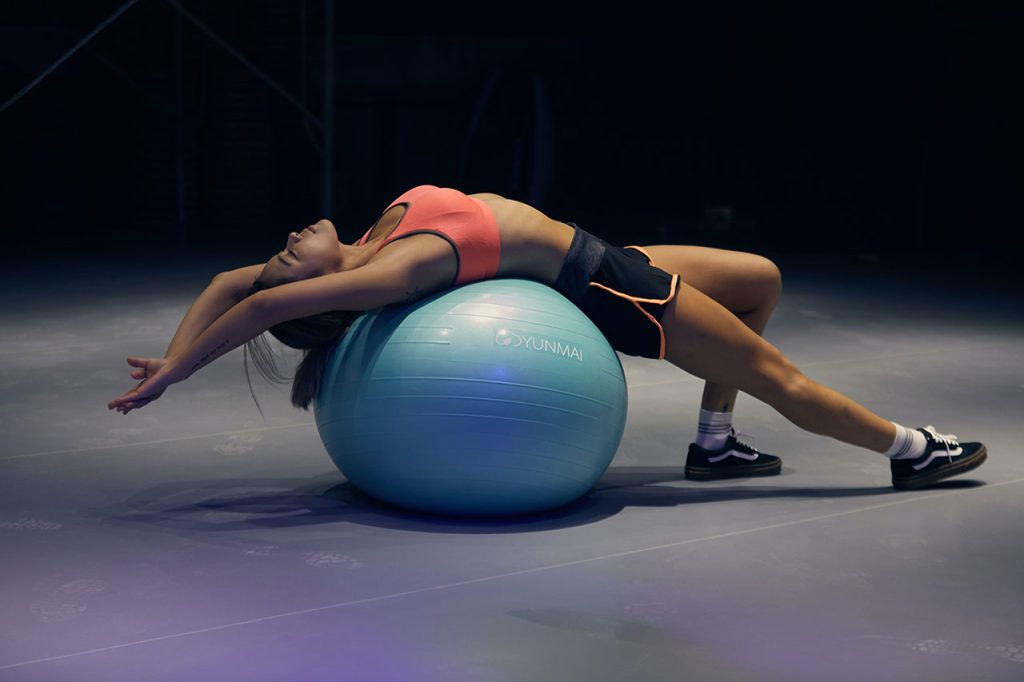
Enhancing Range of Motion
Limited flexibility is a common barrier for yogis. Fixing your body in space on a mat actually makes it harder to access your full range of motion as you age. The inherent unsteadiness of the yoga ball allows for greater freedom of movement as you flow.
Rather than forcing stretching, the ball’s dynamic nature helps muscles relax and open more naturally. Poses like pigeon pose and wide-legged splits feel deeper and more liberating. The release in tight areas like the hips and hamstrings is amazing. Regular ball practice has made me more flexible than ever.
Adding Variety
Let’s be honest – home yoga routines can get mundane over time. I found myself relying on the same conventional sequences week after week. Switching up your perspective by moving your practice onto the yoga ball adds excitement and new challenges.
From inversions to arm balances, familiar poses feel brand new floating on the exercise ball. It makes basics like downward dog and planks more difficult and engaging. Just stabilizing in a tree pose on the ball takes concentration. The yoga ball pushed me outside my comfort zone in a fun way.
Improving Breathwork
Yogis know the significance of proper breath technique, connecting movement with inhales and exhales. However, when you’re wobbling to maintain balance on the yoga ball, breathwork becomes even more vital. Learning to breathe deeply despite instability and distraction helps you find focus.
Making mindful breathing the core of your ball practice keeps anxiety at bay. The greater core activation on the ball reinforces breathing from your deep belly. Using breath to find stillness and control when balancing on the yoga ball has enhanced my overall breath mastery.
How To Incorporate A Yoga Ball
Now that you know the many benefits of exercising on a yoga ball, let’s explore how to incorporate it:
- Start seated cross-legged for centering, flowing into spinal twists, folds, and backbends. Keep low abdominals engaged.
- Ease into inversions like downward dog, dolphin, and plow pose on the ball, engaging your core to lift hips sky high.
- Challenge balance with tree pose, eagle pose, and dancer’s pose on the ball, standing tall.
- Roll out wrists, shoulders, and upper back with gentle stretches using the ball against a wall.
- Lie reclined over the ball, opening the front of the hips and chest with supported backbends.
- Roll the ball under tense areas like the lower back for massage-like release. Breathe deeply.
- Try crow pose with hands gently pressing into the ball, squeezing it to fire the core.
- Place hands or feet on the ball during planks or side planks to increase stability demands.
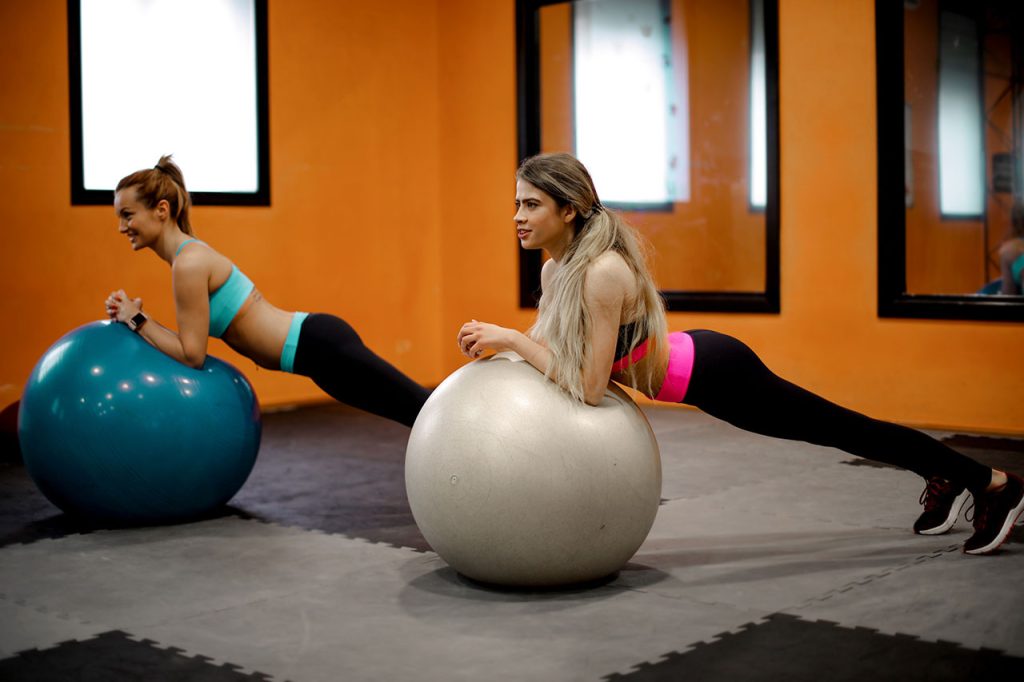
Tips for Getting Started
Here are some top tips to get started safely with a yoga ball:
- Gradually build up time on the ball as you acclimate to the instability. Start with 10 minutes.
- Position the ball near a wall, chair, or counter in case you need stabilization.
- Engage your core at all times and move slowly on the ball to avoid strain.
- Choose the right ball size – your hips and knees should be at 90-degree angles when sitting.
- Reinforce proper alignment even more than usual as the ball can throw you off.
- Focus on breathing deeply and finding stillness when balancing becomes difficult.
- Blankets on hard floors can keep the ball from sliding during use.
- Let go of any ego and roll with the wobbles – it takes practice. Have fun!
Take Your Practice to New Heights
The yoga ball is a game-changing prop that can benefit yogis of all ability levels. If you feel stuck in a routine or want to build core strength in a dynamic way, give the ball a try. I’m never going back to practicing exclusively on a mat! With the ball as my trusty prop, I continue growing stronger, more flexible, and more balanced. Get rolling and take your own home yoga practice up a notch.
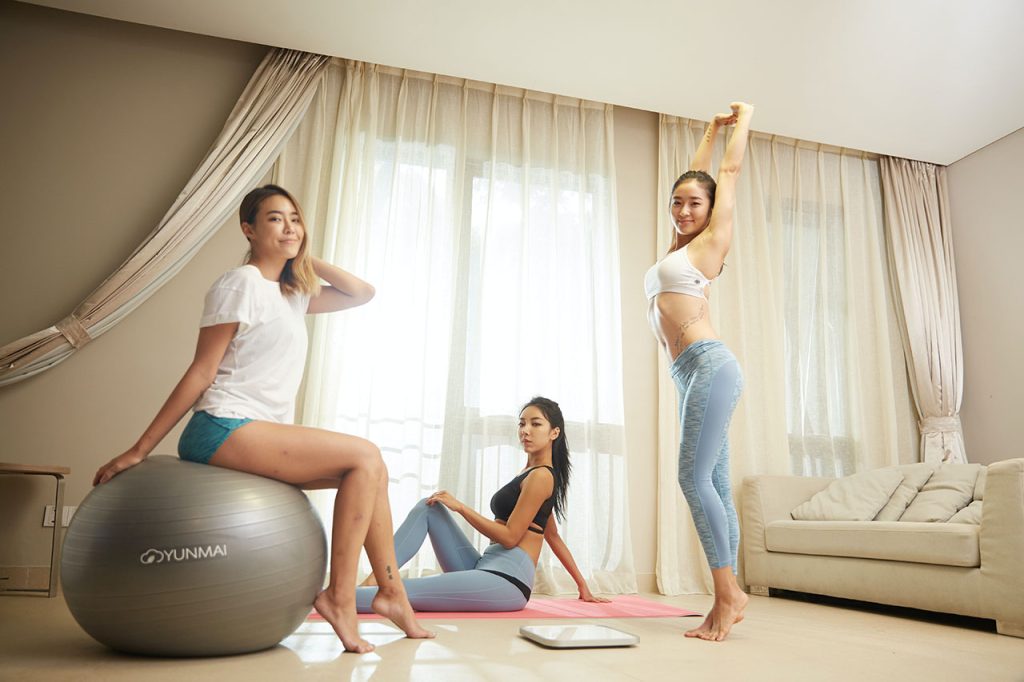
Related Links:
https://en.wikipedia.org/wiki/Yoga



